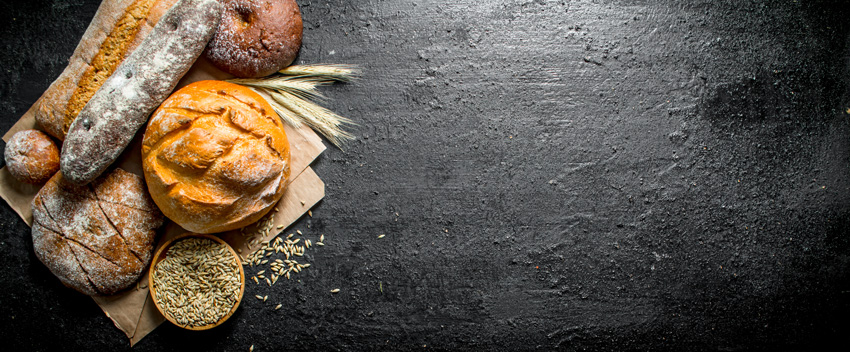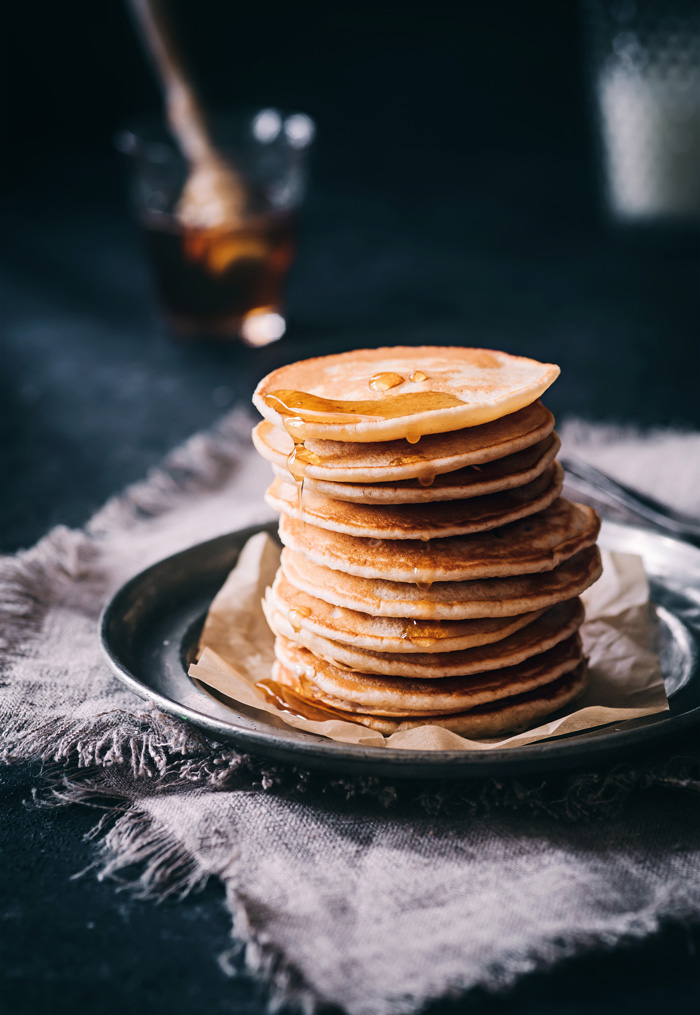
Major points:
- Since mornings are often rushed, check during your grocery shopping which breakfast foods align with Neatic principles.
- This article provides practical tips for a Neatic-friendly breakfast.
- You will also find ideas for delicious breakfast recipes.
Breakfast with Neatic
For many, breakfast is the easiest and fastest meal of the day. A sandwich or muesli is a go-to option, available in countless varieties – whole grain bread, toast, spelt rolls, oatmeal, overnight oats, granola, and more. The way you structure your first meal often depends on whether you are starting a busy or relaxed day. On hectic mornings, you might opt for quick meals like muesli or a cheese sandwich, whereas on slower days, you may enjoy a more elaborate breakfast with scrambled eggs, fresh rolls, freshly cut fruit, and a great cup of coffee.
Maybe you have just started following the Neatic principles and feel unsure about what you can and cannot eat. Or perhaps you are already a Neatic expert who need new ideas. Either way, this article is for you.
When time is limited
In the morning, things usually have to go quickly. You probably do not have time to turn every food package around and study it carefully. So here is a little tip: Plan some extra time for your next shopping trip and take a closer look at what goes into your cart. To help you know which foods require a closer look while shopping, here is a list of the most important tips.
Your beverage selection
It all starts with your morning drink. Coffee, cocoa, tea, juice, or water – everyone has their favorite.
Plain black coffee is a safe choice. If your coffee beans are marketed as having a “delicious flavor”, this simply means they naturally taste great. However, be cautious with flavored coffees like vanilla, hazelnut, or coconut – these typically contain added flavors, which should be avoided when following the Neatic principles. Whether you drink your coffee black or with milk is up to you.
If you use a plant-based milk alternative, check the ingredient list. These can contain added flavors and also sugars.
Cocoa is naturally bitter, so it only tastes sweet when sugar or sweeteners are added. Even if you make cocoa yourself using baking cocoa and milk instead of a pre-sweetened mix, a little sugar is usually needed. Whether you use a store-bought mix or make your own, remember to track the sugar. Be careful with ready-made cocoa mixes, as they may also contain added flavors.
With so many tea varieties available, it is impossible to cover them all. However, always check the ingredient list, as some teas contain added flavors, sweeteners, or sugars. Fruit teas, in particular, are often flavored. If you discover that your favorite tea contains added flavors, look for alternative brands – there is often a similar variety available without added flavors.
In Neatic, fruit juice belongs to the category of foods where sugar needs to be tracked. If you drink fruit juice with breakfast, do not forget to account for the sugar.
Water is always a safe choice – unless it is flavored. Flavored water often contains added flavors, sweeteners, or sugars and should be avoided in Neatic.

Your food selection
A complete breakfast includes more than just a drink – it also requires something to eat.
Whole, unprocessed foods like fruits, vegetables, oats, plain yogurt, cottage cheese, and cheese are always good choices. However, as soon as a product is labeled with a specific flavor (e.g., “herbs,” “paprika,” “strawberry,” “pineapple”), this is often an indication that flavors, sweeteners, or sugars have been added. Check the ingredients list to be sure.
Bread and rolls come in many variations. If you bake your own bread, you know exactly what is in it – eliminating the need to read ingredient lists. If you buy fresh bread from a bakery, you can always ask about the ingredients, or check for ingredient labels on loose baked goods. Toast, in particular, often contains sugar as one of the first three ingredients.
Sweet spreads like jam, honey, and chocolate spreads always need to be tracked since they contain sugar. If a spread is labeled as “reduced sugar” or “without added sweeteners”, check the ingredients list carefully – other types of sugars or sweeteners may have been used instead. Chocolate spreads can also contain added flavors.
Muesli and cereals often contain added sugar or honey. Keep in mind that serving sizes on packaging are usually much smaller than what is actually consumed. To get an accurate measurement, weigh the portion you typically eat. This way, you will know exactly how much sugar is in your breakfast.
Pastries and croissants often contain added flavors, sweeteners, and sugars. If you prefer a sweet breakfast, be mindful of the ingredients in these baked goods.

Breakfast ideas
Still unsure what to eat for breakfast? Here are some ideas:
For on-the-go:
- Overnight oats, e.g. overnight oats with blueberries or tiramisu overnight oats
- Breakfast muffins
For a light breakfast:
For a sweet breakfast:
For something savory:
- Rolls with pumpkin hummus
- Carrot sticks and apple slices
- Savoury bars
Need more ideas? Then take a look at our recipes.
